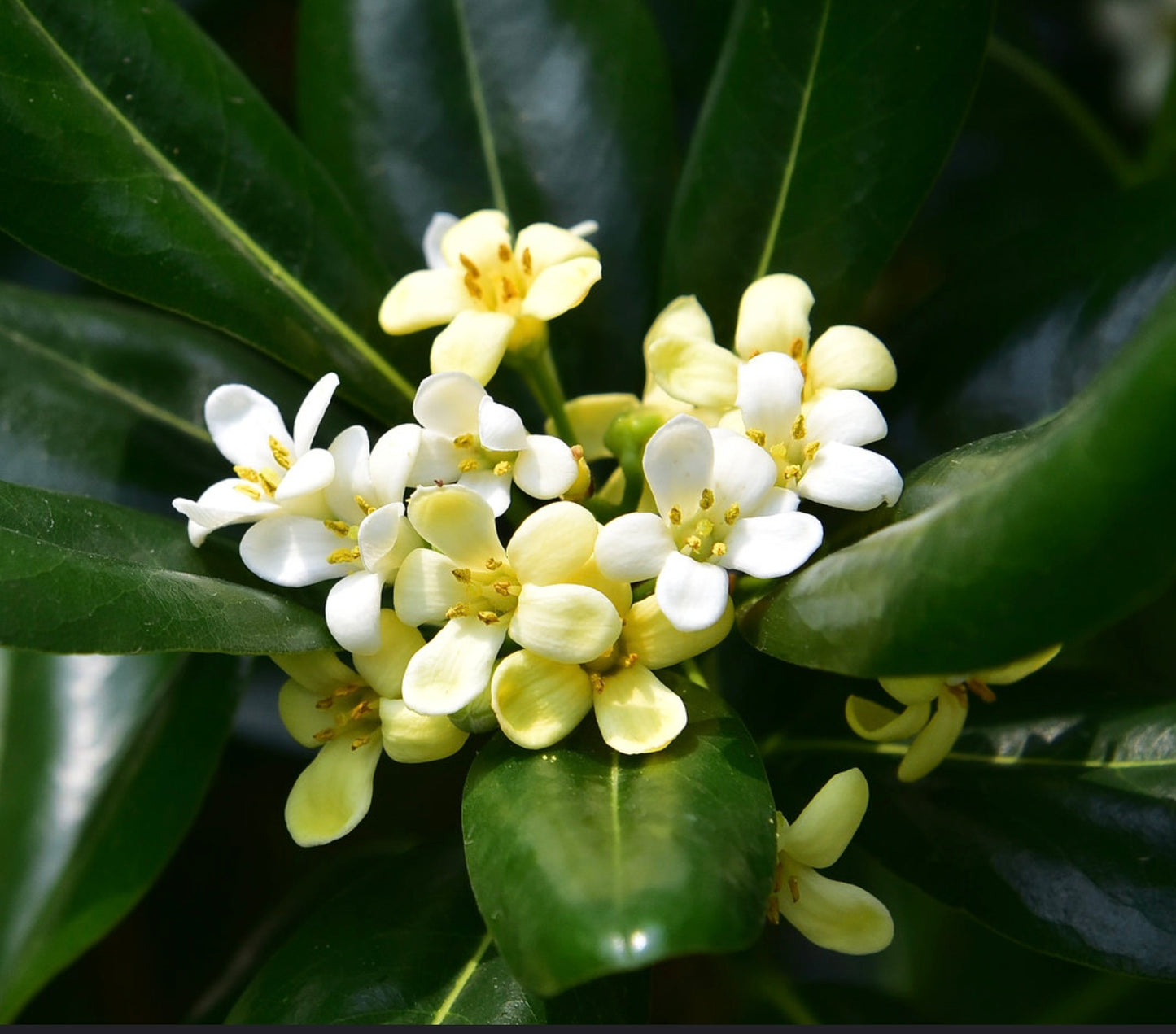- Piante da Catalogo
Pittosporum tobira 30-70cm
Pittosporum tobira 30-70cm
Prezzo di listino
€60,00 EUR
Prezzo di listino
Prezzo scontato
€60,00 EUR
Prezzo unitario
per
Imposte incluse.
Spese di spedizione calcolate al check-out.
Impossibile caricare la disponibilità di ritiro
Descrizione della Pianta
Famiglia botanica: Pittosporaceae
Gene botanico: Pittosporum
Specie botanica: Pittosporum tobira
SKU:BA-6460-S
Coltivazione
Coltivazione
Ulteriori informazioni
Ulteriori informazioni
Altezza pianta: 30-70cm
Diametro pianta:
Grandezza vaso:
Innestata/Non Innestata:
Avvertenze: Si informa che le piante possono cambiare durante il corso delle stagioni. Gli alberi decidui perdono le foglie d'inverno. Altri alberi e/o piante possono cambiare il colore del fogliame durante le stagioni. I fiori e/o i frutti possono essere presenti durante alcuni mesi.


